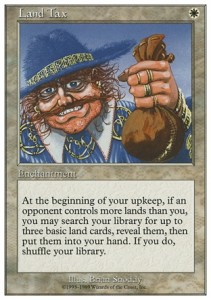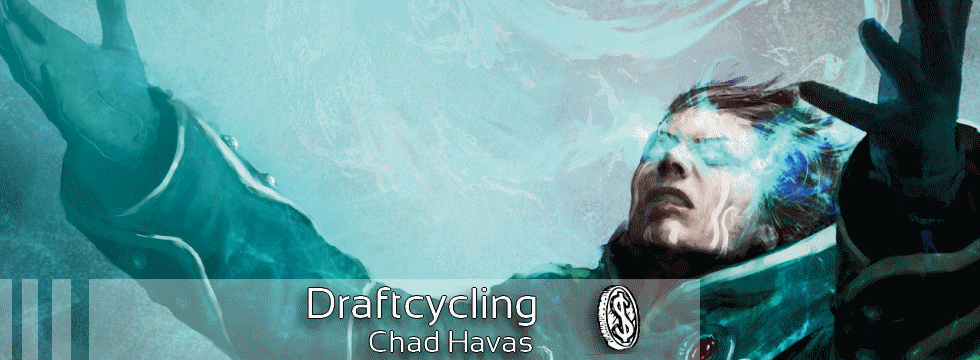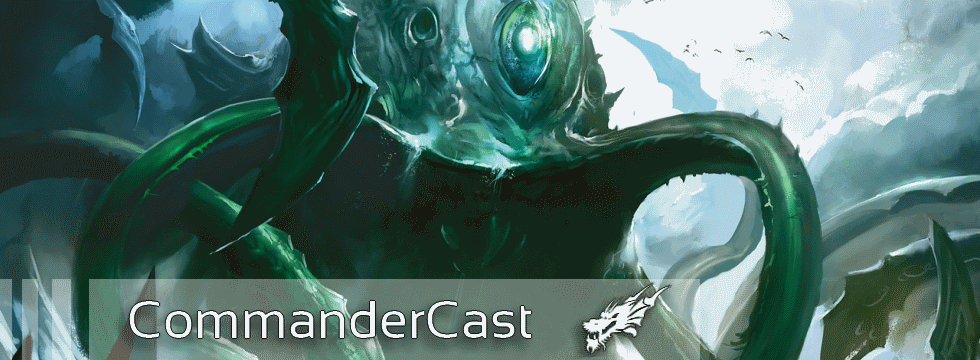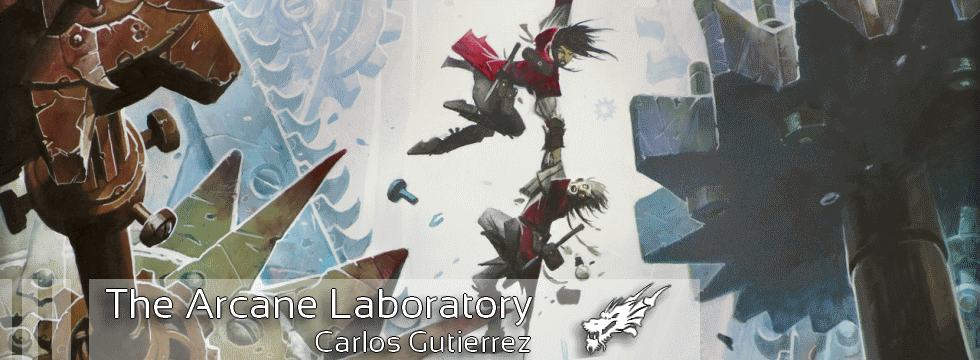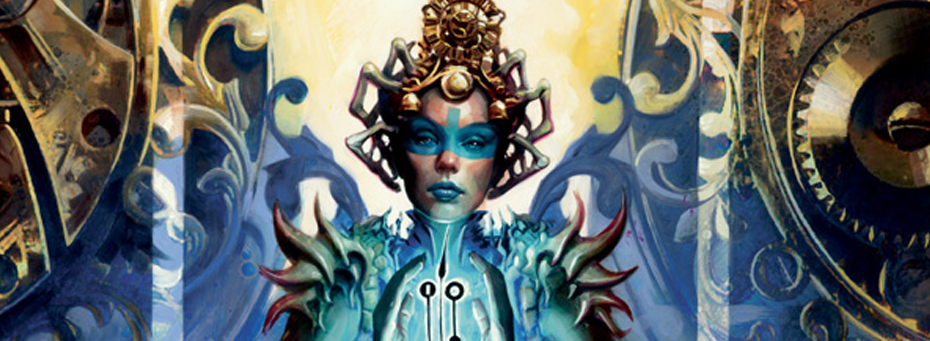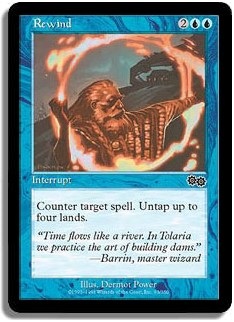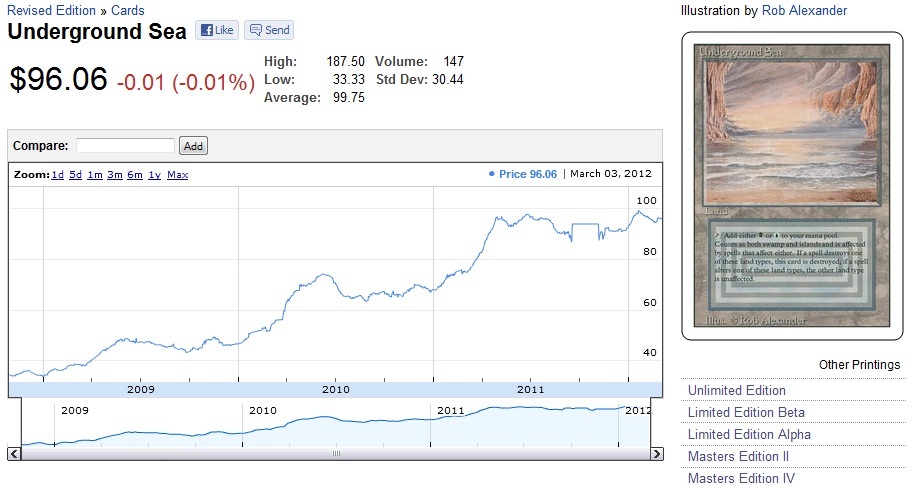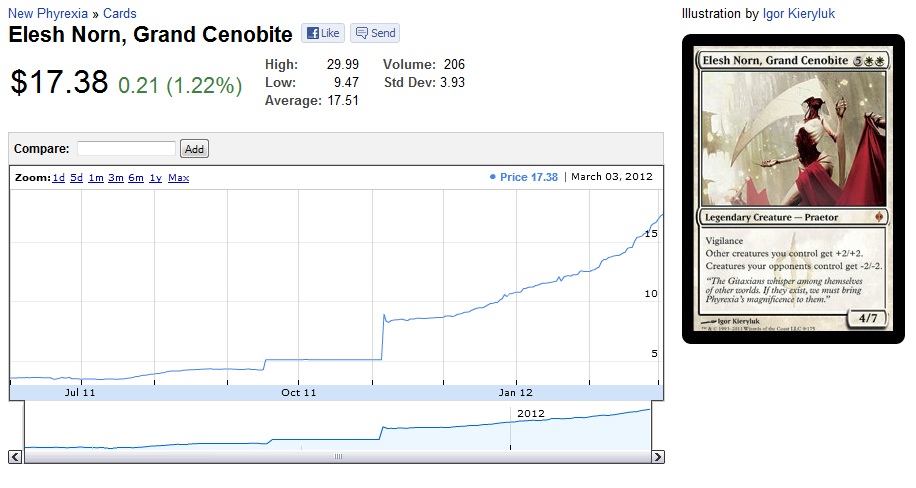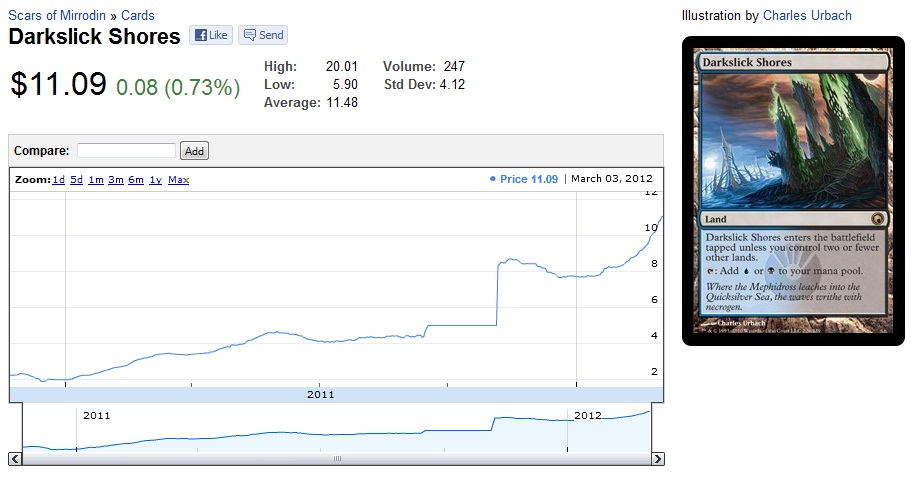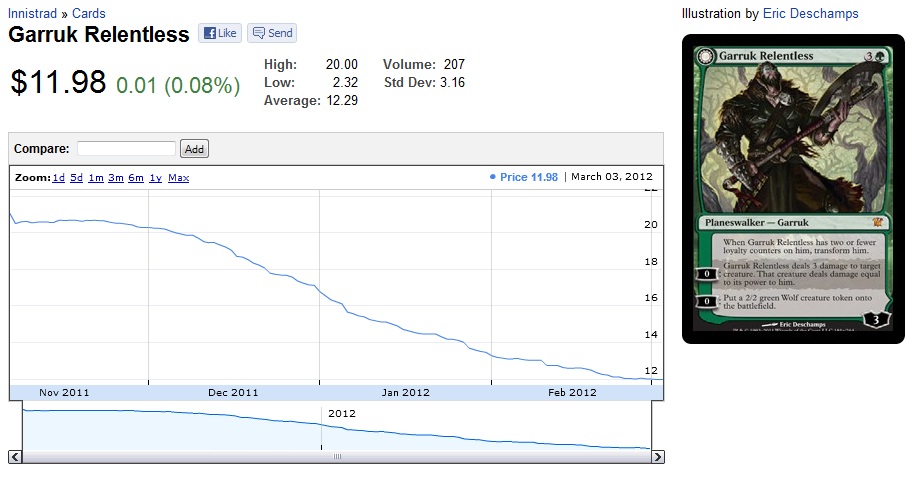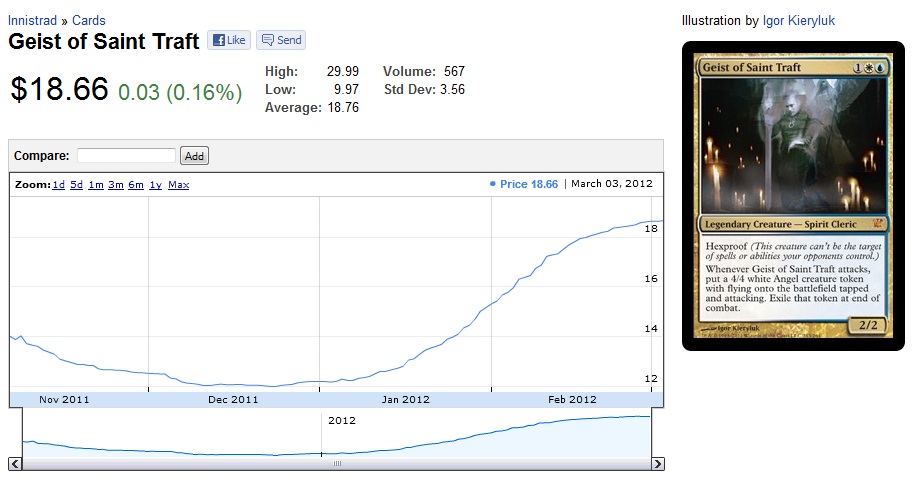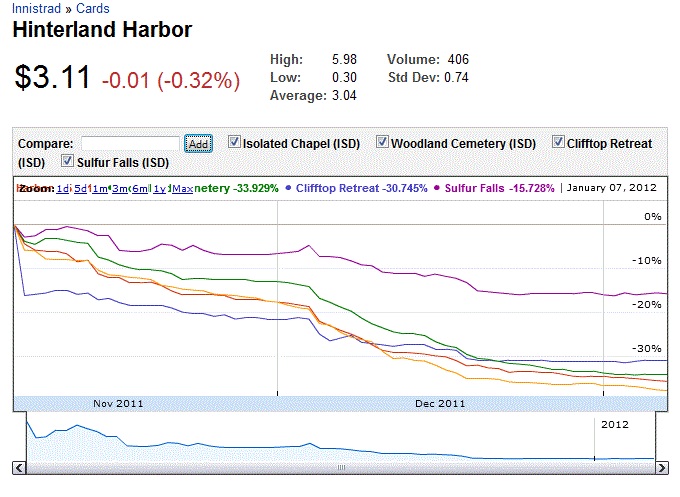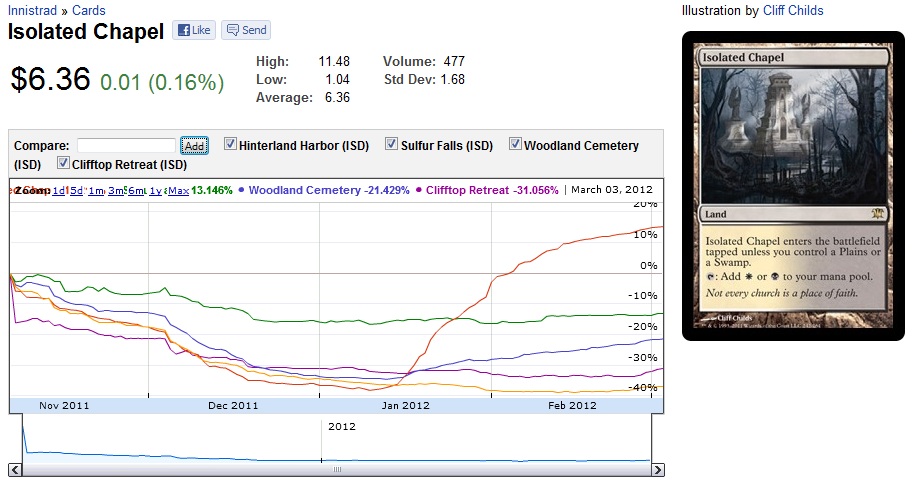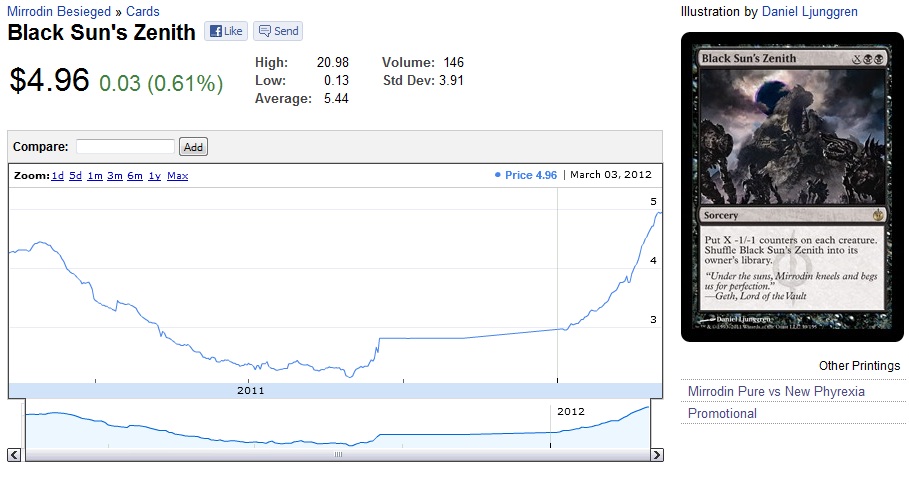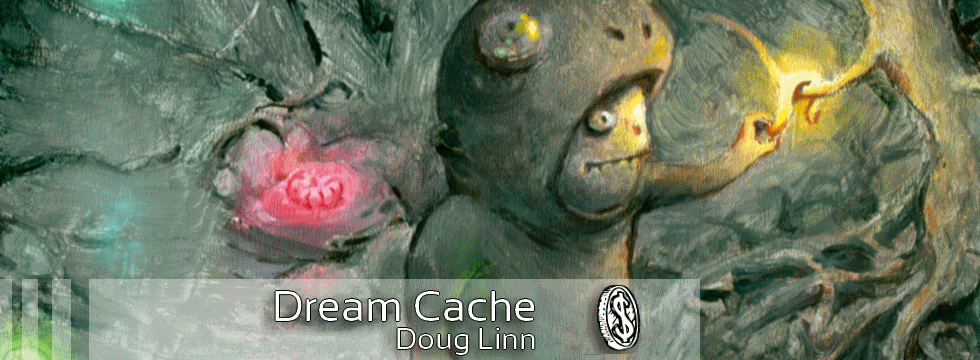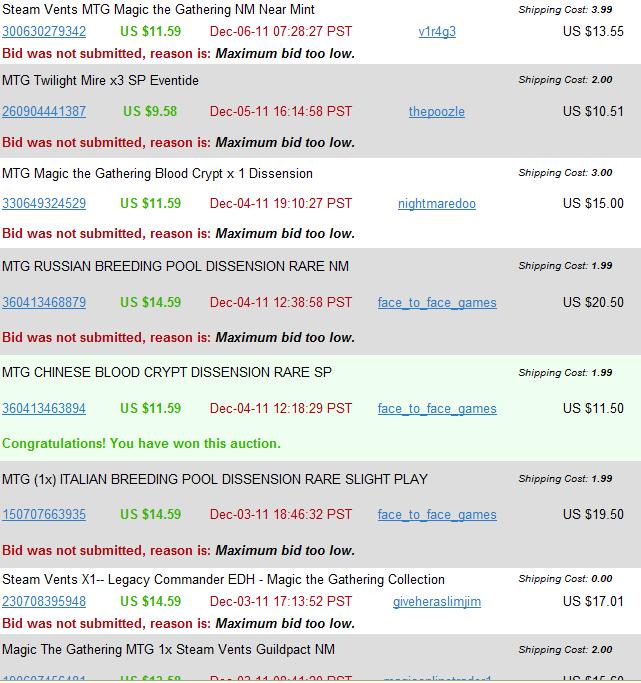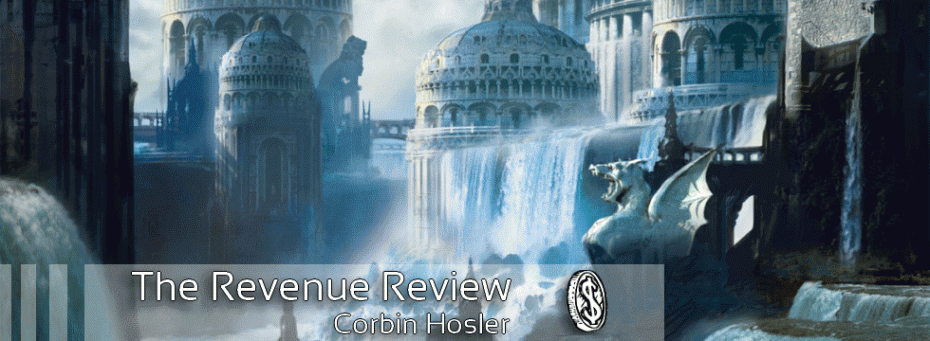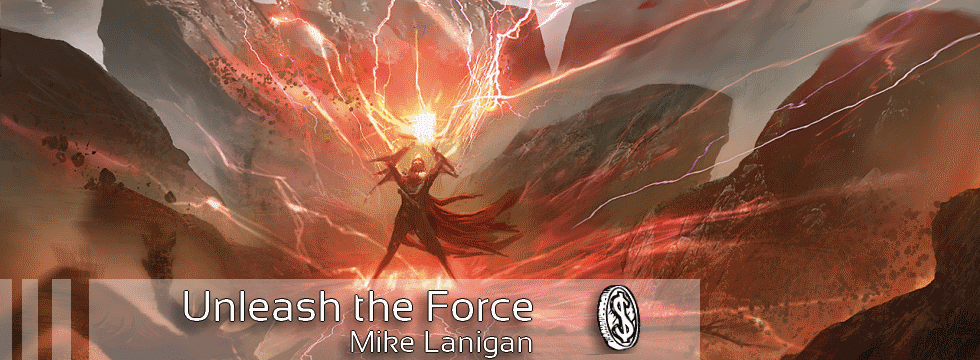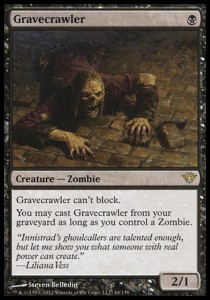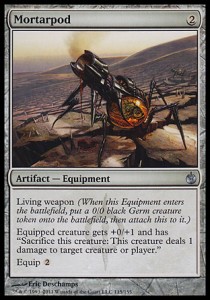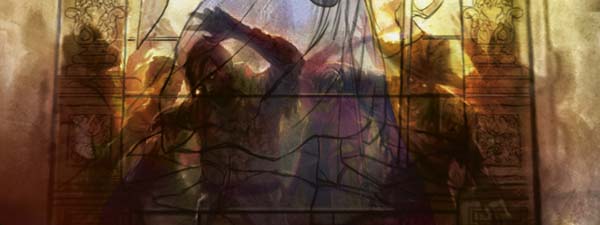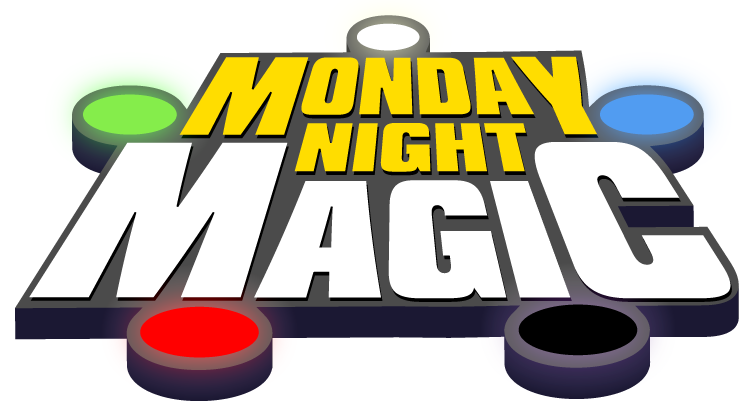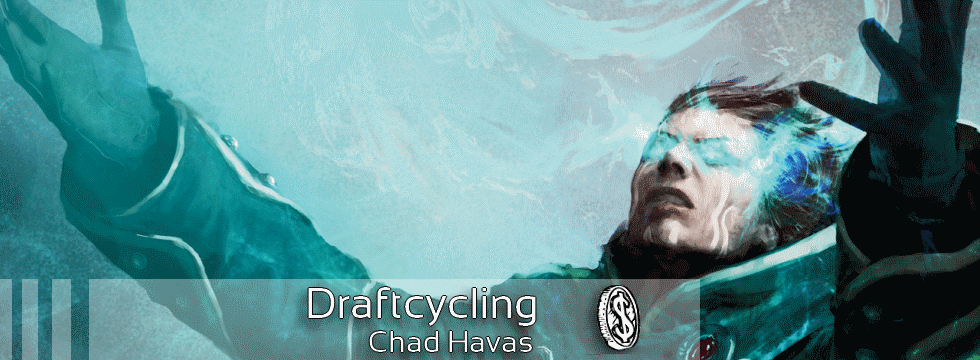Are you a Quiet Speculation member?
If not, now is a perfect time to join up! Our powerful tools, breaking-news analysis, and exclusive Discord channel will make sure you stay up to date and ahead of the curve.
Two weeks ago, I posted a somewhat introspective article ("Hitting the Wall") about how I go about looking for new deck ideas. As I explained in the article, I find it important to look for new avenues to explore in deck building so that each brew is unique.
While coming up with examples for that article, I realized I have a tendency to avoid building three-color decks, as well as decks centered in Black or Blue. My theme of choice usually is focused enough for one or two colors to get the job done, and when it isn't I find it hard to resist moving right on up to five colors. This tendency has left a huge gap in my Commander experience.
In light of this discovery, I've decided to spend the next few weeks focusing on three-color decks.
To start with, I wanted to look at a sweet concept that I had for a Jund deck with a Morbid theme and Kresh the Bloodbraided at the helm.
Getting Morbid
Morbid is a fun mechanic, and it's quite easy to trigger in a format like Commander where creatures are constantly dying. Jund provides the ideal color combination for the dual task of killing creatures and benefiting from the resulting bloodbath. In addition to slaughtering monsters and reveling in their deaths, these colors give us access to an ample supply of reanimation effects.
There are two classes of Morbid cards that will form the backbone of our deck. Let's take a look:
Kresh in Training

- Rockslide Elemental
- Algae Gharial
- Lumberknot
- Scavenger Drake
- Deathbringer Thoctar
- Vulturous Zombie
- Khabal Ghoul
Commander is typically a creature-centric format. Creatures attack and die, only to get recurred to do it all over again. If you've ever played a game with or against Kresh, you know how big he can get in just one turn cycle.
These guys may not get as big as Kresh, but they do a pretty good impression, and many bring bonus abilities to the party! They certainly do not rank with the most powerful cards you could be playing, but they have the potential to outclass even the biggest creatures on the table.
Besides, who doesn't love perpetually growing monsters?
Along with our next set of cards, these cards tie together and reinforce the morbid theme.
Morbid Engines
- Reaper from the Abyss
- Vicious Shadows
- Falkenrath Noble
- Salvaging Station
- Butcher of Malakir
- Furnace Celebration
As much fun as giant creatures are, they aren't always a reliable way to win a game. You also need ways to control the board and generate card advantage, which is where these guys come in.
Your best tools out of this lot are Reaper from the Abyss and Butcher of Malakir. Reaper for his part is an undervalued card in Commander, and especially powerful in a deck that has been built to activate morbid essentially at will.
The other centerpiece cards are Salvaging Station and Furnace Celebration. Salvaging Station is great for generating absurd amounts of card advantage, as well as recurring utility artifacts like Nihil Spellbomb. I've always been a huge fan of the Station, and I really encourage you to give it a shot!
Furnace Celebration is exciting not because it's particularly powerful, but because of how well it pairs with the following theme.
Bring on the Tokens!
Tokens play a huge role in Commander. They're one of the best ways to present a threat, since you can put a lot of power into play with just a few cards. It's also easy to turn tokens into "real" cards with things like Attrition and Skullclamp. Tokens are incredibly popular due to this power and versatility, and this deck is certainly not going to buck that trend!
In our quest to abuse token generation, we could go with the boring old standby of Plants, Squirrels and Elves. Instead, why not enlist a whole awesome suite of tentacled-spawny-things from Rise of the Eldrazi that will complement our Morbid theme?

- Awakening Zone
- Corpsehatch
- Growth Spasm
- Dread Drone
- Kozilek's Predator
- Emrakul's Hatcher
- Deranged Hermit
- Siege-Gang Commander
- Goblin Marshal
- Avenger of Zendikar
- Grave Titan
- Phyrexian Altar
- Skullclamp
Alright, so they may not all be Eldrazi Spawn generators, but the few that aren't can be turned into pseudo-Spawn with Phyrexian Altar. The point is to produce a lot of tokens, then kill them to grow your creatures and generate value with Reaper from the Abyss and friends.
Aside from the various interactions enabled by tokens, don't overlook the ability of these cards to take over a game on their own. Every time one of these hits play you get a massive board presence which can be leveraged in any number of ways, and the deck is set up to make them hit play frequently.
The biggest question remaining is how to tie all these pieces together.
Start Your Engines
There are a wide variety of creature-based engines available to a Commander deck. Whether you're playing with Survival of the Fittest, Reveillark or Oversold Cemetery, creatures are the easiest card type in the game to abuse and recur. When you're playing a creature-based deck, there are all kinds of ways to eke extra value out of your guys, and to ensure access to a particular effect when you need it.
For this particular deck, we want a combination of tutoring power and recursion. Preferably, we want to include things that interact well with Morbid rather than over-the-top powerful bombs.
Workin' on the Chain Gang

These are two of my favorite Green cards in the format, mostly because they make you do some crazy things during deckbuilding to make sure you can chain creatures consistently.
Ideally, each creature you cast or Pod away can find any effect you might need at any time. It can be challenging to accomplish this while supporting other themes, but the cards provide enough upside that I think we can make it work.
The fact that Birthing Pod enables morbid, and that both Birthing Pod and Wild Pair allow you to ignore color requirements, is a big deal for this deck.
Both of these cards can easily run away with the game through card advantage and selection. I'm actually rather surprised that they don't see as much play as Survival of the Fittest.
Recurring Your Monsters

- Mikaeus, the Unhallowed
- Phyrexian Reclamation
- Nim Deathmantle
- Mimic Vat
Recursion is the other half of the value-creature engine. Once you've found your good creatures, you want to be use them over and over again, and I think these cards best enable you to do that in this deck.
You have a number of free sacrifice outlets that let you get a huge advantage out of Mikaeus, the Unhallowed. It's a shame that Eternal Witness is a human, but we can certainly make up for it with the rest of the recursion package.
First there's the obligatory Nim Deathmantle, which does let you go infinite with certain creatures plus Phyrexian Altar. Phyrexian Reclamation is one of my favorite permanent-based recursion engines because it has such a low activation cost and can be done at instant speed. This means that it doubles as protection against graveyard hate and lets you leave up mana to interact on other players' turns.
I wasn't sure whether Mimic Vat or Corpse Dance would be better as the last recursion spell, but eventually I decided that [card Mimic Vat]Mimic Vat's[/card] ability to steal other players' creatures gave it the edge. It's possible that playing both is correct, but only time will tell.
Filling in the Gaps
Once you've figured out the primary function of your deck, in this case tokens and Morbid shenanigans, you have to make sure that everything runs smoothly. It's great to have a strong theme, but without the right support you'll find it difficult to execute all the interesting interactions you've built into the deck.
In this case, the deck needs ways to answer noncreature permanents, accelerate its mana and generate card advantage outside of the principal tutor engines. The most difficult part of this is going to be fitting everything into convenient numbers for Birthing Pod and Wild Pair, but let's see what we can do!

Utility Creatures
- Green Sun's Zenith
- Eternal Witness
- Duplicant
- Solemn Simulacrum
- Shriekmaw
- Acidic Slime
- Yavimaya Elder
- Brutalizer Exarch
- Glissa, the Traitor
The function of most of these should be pretty obvious, but there are a few interesting ones.
Glissa, the Traitor acts as another copy of Salvaging Station as well as creature removal, and sits at a sweet spot for Wild Pair. The deck really appreciates having access to her as a tutor target.
Acidic Slime is your obvious answer to pesky permanents, easily found by Birthing Pod. It is complemented by the slightly spicier Brutalizer Exarch, which is at a better spot for the purposes of Wild Pair and works double duty as a tutor.
Utility Spells
- Tragic Slip
- Maelstrom Pulse
- Putrefy
- Krosan Grip
- Violent Ultimatum
- Dread Return
- Damnation
- Blasphemous Act
- Demonic Tutor
- Diabolic Intent
- Wayfarer's Bauble
- Nihil Spellbomb
- Horizon Spellbomb
- Expedition Map
- Voyager Staff
- Scrabbling Claws
- Executioner's Capsule
To begin with, we have some generic removal and cheap sweepers, the kind of effects everyone needs to have. But we've also got a few sweet things going on here!
Dread Return seems absurd for this deck. I've been looking for a deck that can justify running a "fair" Dread Return, and I think I've finally found a home. With the number of token generators we're running the flashback shouldn't be a big deal, and it may even be a boon to your team of Kresh and his impersonators. With so many value creatures eligible for reanimation, it's not a bad effect by any stretch; I'm excited to see how it turns out!
The other interesting suite of cards is the Salvaging Station package. The important thing to recognize is that none of these are bad on their own, and the potential exists to stick a Salvaging Station and just go off, generating way more cards than a typical Jund deck. Each of the trinkets also provide utility effects that can be useful to recur at a later point in the game.
It's possible that Salvaging Station is just too cute to take up this many slots, but for now I think it's worth running.
Mana Ramp
- Sakura-Tribe Elder
- Kodama's Reach
- Cultivate
- Explosive Vegetation
- Caravan Vigil
- Primeval Titan
As with most Commander decks, this deck has a ton of high-cost spells and engines, as well as intensive color requirements. Ramp is important in alleviating these problems.
The only card that may seem out of place here is Caravan Vigil.
I've tried this card before in several decks and was quite satisfied. It's not difficult to get Morbid in a multiplayer game, and when that happens Caravan Vigil is effectively free. Primal Growth might be better in this slot, since it's a similar effect that also enables morbid, but I have a foil Caravan Vigil that's been looking for a home!
The Mana Base

- Urborg, Tomb of Yawgmoth
- Tainted Peak
- Tainted Wood
- Dragonskull Summit
- Woodland Cemetery
- Savage Lands
- High Market
- Phyrexian Altar
- Reflecting Pool
- Command Tower
- Terramorphic Expanse
- Evolving Wilds
- Bojuka Bog
- Vesuva
- Mosswort Bridge
- Lavaclaw Reaches
- Raging Ravine
- Shizo, Death's Storehouse
- Rakdos Carnarium
- 6 Forest
- 5 Swamp
- 3 Mountain
Last but not least, the manabase. Three colors is actually a pretty good spot to be in as regards your mana. There are plenty of dual lands so your mana shouldn't be that bad once you figure out what your deck needs. But unlike in five color decks, there's enough space for utility lands and basics without resorting to an unusually high land count.
In this deck, for example, we get some sacrifice outlets in High Market and Phyrexian Altar, graveyard hate and card advantage in Bojuka Bog and Mosswort Bridge, and manlands in Raging Ravine and Lavaclaw Reaches. Vesuva helps you capitalize even more on your utility lands (or anyone else's for that matter) and Shizo, Death's Storehouse lets you one-shot people out of the blue with Kresh!
There's certainly space for more nonbasics in the deck if you have them; you could pretty easily cut up to three or four basic lands for something like Volrath's Stronghold or Maze of Ith.
Recently, I've been trying to limit the number of high-dollar cards in any given deck that I post. I think I've been doing a pretty reasonable job, and I'd like to keep the trend going. Just because you can throw a pile of expensive staples into a deck doesn't meant that you should; putting a budgetary restriction on decks forces you to be a little more creative and emphasize powerful interactions over individually powerful cards.
With the mana out of the way, here's the list that I'm starting with:
[deckbox did="a151" size="small" width="560"]
I'm excited to play with this, since it's an all-out Timmy deck and I don't have too many of those. Most of my decks revolve around convoluted and obscure interactions, whereas this one just focuses on going big!
It should be a nice change of pace from what I'm used to, and will be a ton of fun to play against the Melira, Sylvok Outcast-based combo decks that have been plaguing my group recently.
Be sure to check out next week, when we'll look at a Commander who usually lives in the shadow of Sharuum, the Hegemon. The giant sphinx isn't the only Esper legend, and Ertai, the Corrupted can do some pretty dumb things!
Carlos Gutierrez
cag5383@gmail.com
@cag5383 on Twitter
